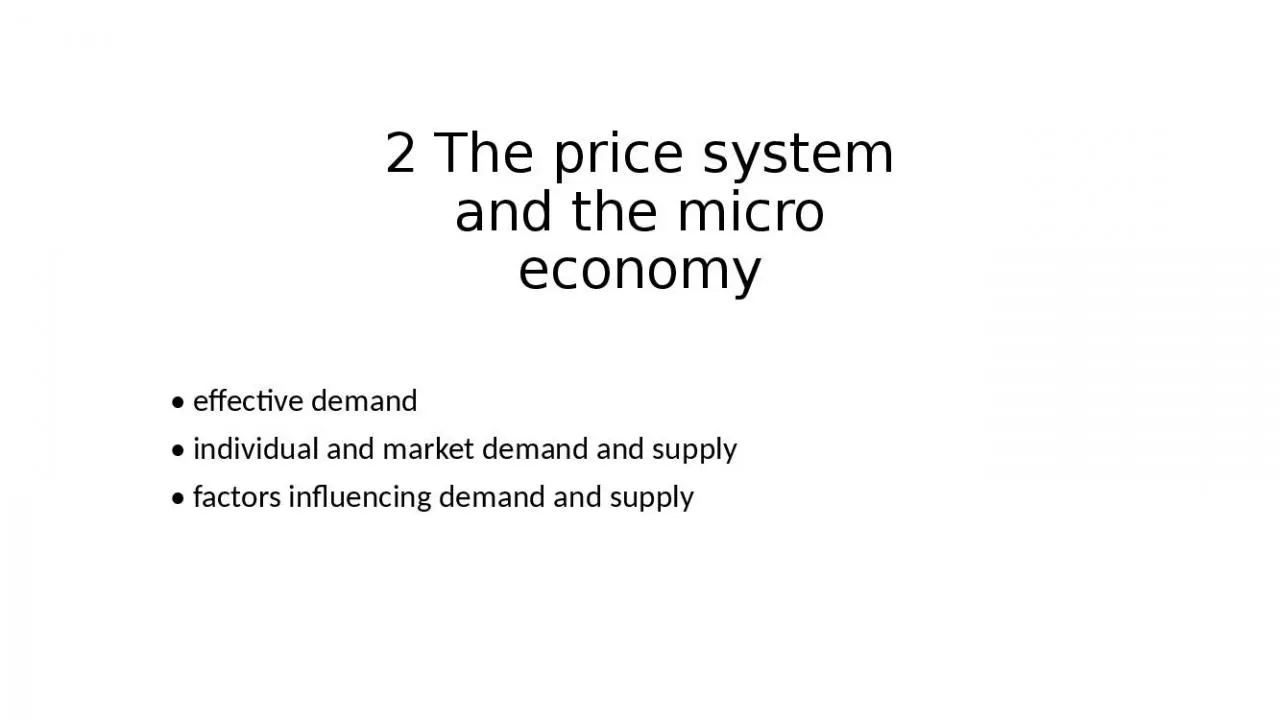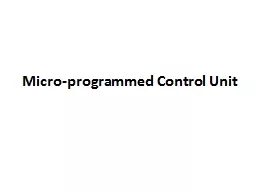PPT-2 The price system and the micro
Author : anastasia | Published Date : 2022-04-07
economy effective demand individual and market demand and supply factors influencing demand and supply 09012020 Mohammad Ziaul Alam HOD Economics amp
Presentation Embed Code
Download Presentation
Download Presentation The PPT/PDF document "2 The price system and the micro" is the property of its rightful owner. Permission is granted to download and print the materials on this website for personal, non-commercial use only, and to display it on your personal computer provided you do not modify the materials and that you retain all copyright notices contained in the materials. By downloading content from our website, you accept the terms of this agreement.
2 The price system and the micro: Transcript
Download Rules Of Document
"2 The price system and the micro"The content belongs to its owner. You may download and print it for personal use, without modification, and keep all copyright notices. By downloading, you agree to these terms.
Related Documents














